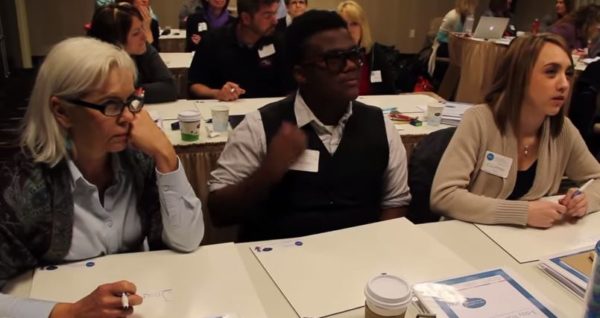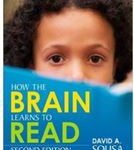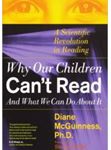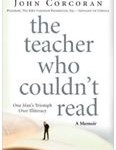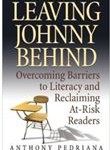Sobering Statistics
Of course, it is true that some children and adults learned to read, write, and spell quite easily and well. However, they are the minority.
Check out these statistics about reading in the United States:
- In America, only 14% of adults are proficient in reading. Proficiency is defined as the ability to perform complex literacy activities.
- In what many call the greatest country on earth, only 35% of 4th graders are proficient in reading.
- More than 60% of prison inmates and 85% of juveniles in the court system are illiterate. Over 70% of inmates read below a 4th grade level.
- The opportunity cost associated with illiteracy in our country is $300 billion EVERY YEAR.
These statistics are appalling. You know many people who struggle with literacy though you may not be aware of their struggles. Literacy difficulties do not discriminate. I’ve taught people with PhDs, medical and law students, executives, and business owners who were reading far below their potential. They compensate well and are clever at hiding their difficulties. One millionaire business owner I taught told me that throughout his life he’d amassed money to show his worth and make up for what he saw as his ‘dumbness’ with reading and spelling.


